So, for the new food and wine lover, here is my four-step guideline to wine appreciation.
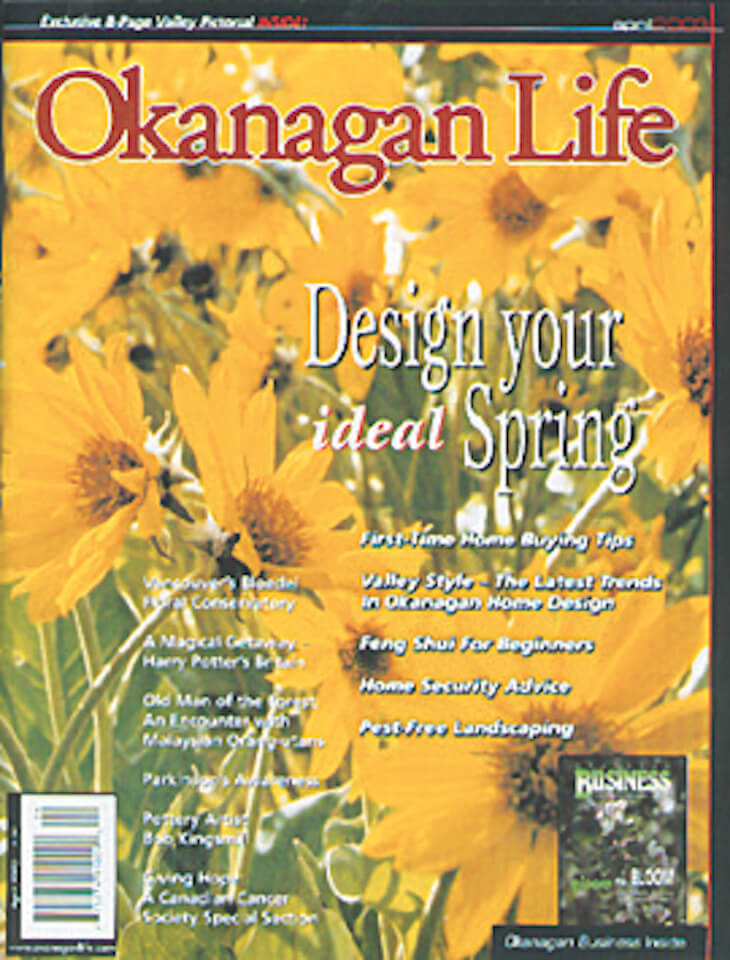
By Dennis Dwernychuk

Mia Papodopoulos tasting at the Okanagan Life wine awards in 2016
Times are a changing! What does it tell you when the world’s largest fast food company experiences it’s first revenue loss. Perhaps North Americans are fed up (no pun intended) with animal fat-soaked artificial beef and chicken parts. We are slowly but surely taking on the health conscious Mediterranean diet; olive oil instead of butter, garlic, Provençal herbs, fresh fruit and vegetables, lean meats, and an exponential demand for red wine. More and more consumers are appreciating the satisfaction of preparing healthy meals accompanied by a robust glass of wine.
So, for the new food and wine lover, here is my four-step guideline to wine appreciation. This analysis demands an unpretentious attitude; there is no such thing as a wine expert. I have been in the business for more than 25 years, and I haven’t come across an “expert” yet. Every bit of wine knowledge you acquire makes food and wine pairing that much easier. Here goes!
First
Appearance: Make sure you have clean stemware, well rinsed, with a sufficient bowl and tapered top to allow a sample to be swirled without it being ejected onto your neighbour’s white satin dress. Premium glass manufacturers like Reidel and Villroy and Boch have several shapes and sizes for different varietals at a premium price. I have found the classic Bordeaux style to be the best overall glass shape.
Pour only one third of a glass. This will allow you to effectively swirl the wine and release the aroma components up the inside surface. Look for both colour and clarity.
The sample should be free of haze, cloudiness and surface film. Any of these conditions may indicate bacterial spoilage or other defect. Older wines should be stood up in bottle for a few days and decanted prior to serving. I decant all red wines.
Colour is observed at the far meniscus line and the centre of the bowl. Look for intensity, opaqueness, or transparency. White wines gain colour with age, while red wines loose colour with age. White wines change from yellow-greens through golden yellow to yellow-brown while red wines change from purple through purple-red to garnet to red-brown; all a function of natural reductive oxidation.
Second
Aroma: Smell is everything! Most of wine appreciation resides in your nose. Aroma is divided into:
- Primary – characteristics of a particular grape variety. Each grape has an identifiable genetic blueprint predisposing it to a set of specific aromas – Merlot vs. Cabernet Sauvignon vs. Shiraz.
- Secondary – aromas associated with alcoholic fermentation
- Tertiary – also known as bouquet, the essence derived from oak barrel and/or bottle maturation. When nosing a sample, use specific adjectives; cassis, blackberry, pineapple and so on, rather than flowery or fruity. This will develop your ability to distinguish among and between the varietals. Shiraz from British Columbia, Australia, and the Rhone Valley of France will have similar but unique characteristics as a function of soil, micro-
climate, grape growing, and wine making techniques specific to each region.
Third
Taste: Your tongue is divided into four main receptor areas. The front detects sweet, the sides acidity – what many call sour, salt is tasted over the entire surface, and bitter at the back.
That’s it. What you perceive as flavour is a combination of these four areas plus a retro-nasal effect.
Tactile sensations of weight and body are primarily due to the effects of alcohol; increases in the alcohol content increase your perception of sweetness, glycerol, tannin; the drying effect over the entire mouth surface, and residual sugar.
White wines should be “balanced” between the perceptions of sweetness and acidity while red wines are balanced among sweet, acid, and tannin for any given level of flavour perception.
Fourth
Finish: the perceived persistence of flavour after swallowing. This perception should be consistent with the aroma and flavour intensity. The longer the better! A totally balanced wine possesses integration and equivalent intensity between aroma, taste, and finish.
Make notes on the attributes you appreciate in particular wines. Remember wine tasting is subjective, what you appreciate will be different from what I like. The differences are a function of our tasting and smelling experiences throughout our lives. The main thing is to have fun.
Finally, two service tips.
- Chill white wines only one hour prior to serving. Your palate’s ability to perceive detail in wine is a function of molecular size. The colder the sample the more difficult it is to sense the full extent of a white wine’s character.
- Decant all red wines. This will release the aroma and flavour components. I constantly hear people comment that the wine was better when the bottle was almost empty. Removing the cork to let a wine “breathe” is a
fallacy; only the top inch of wine benefits.
Now get out there, gather some friends and do a blind tasting. What a great way to learn about this growing lifestyle. Cheers!
Read more of the original stories celebrated in our 30th-anniversary issue.
Nk’Mip children’s art presented in collaborative Okanagan exhibition
The joint exhibition entitled Our Lives Through Our Eyes: Nk’Mip Children’s Art presents over 75 works of art created by children and youth who attended the Inkameep Day School during the era of World War II.
Former NHL Stars Team Up to Talk Mental Health in event
Kelowna Minor Hockey and Third Space Mind Counselling Center present “Mental Training: Train Like the Pros” on January 23 at The Laurel Packinghouse.
Enjoy Vertical & Vintages Wine Festival at Apex
7th annual Vertical and Vintage Wine Weekend The Naramata Bench Wineries Association and Apex Mountain Resort will host the Seventh Annual Vertical & Vintages Wine Weekend on Saturday, March 9. Centered around a Saturday night wine tasting event hosted by the...
UBC study links specific chromosome to radiation-induced pulmonary fibrosis
A UBC Okanagan researcher has determined that genes on a specific chromosome may be the answer as to why thoracic radiotherapy leads to a lung injury in some lung cancer patients.
Rearview: It’s not easy being green
[downloads ids="153718" columns="1"] Lessons from my friend Kermit the frog "It’s just you and me against the world, Kermit.” Many moons ago, at the age of 17 I drove away from home and Kelowna in my ’74 VW bug. I had a few things with me,...
Rearview: Packing up hope
Good nutrition fuels brain power. Are all BC children getting their fair share? I’m glad there are so many ways to help right now. So don’t wait for Christmas to donate or volunteer at your local food bank. Investigate involvement in initiatives like the Starfish Pack program.

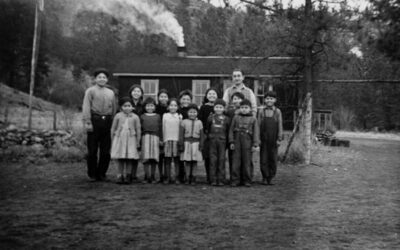

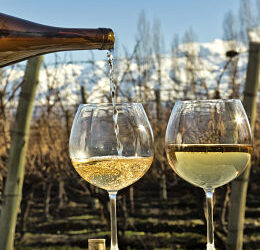


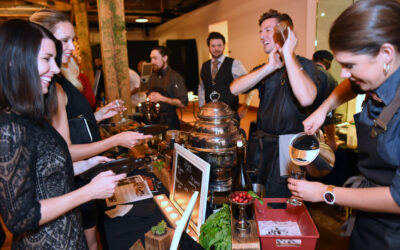
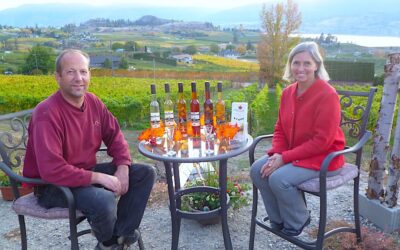

0 Comments